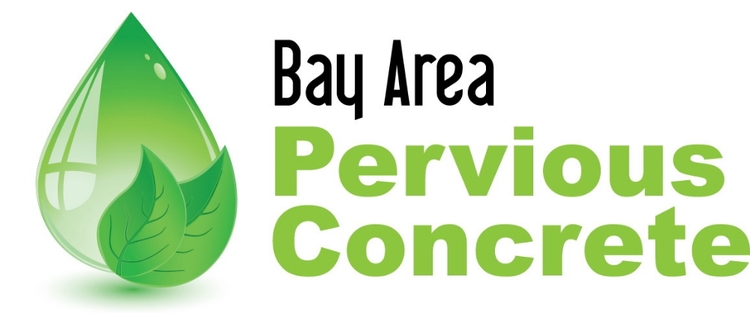We have some great news to share backed by data-driven research!
Some of you may recall our work along Holloway Street back in 2017. If not, can you read about it here. The San Francisco Public Utilities Commission (SFPUC) hired us to install parking lanes along eight blocks of Holloway Street as part of a city-wide effort showcasing the effectiveness of green infrastructure and stormwater management in the Ingleside neighborhood.
Holloway Green Streets Project - north side
After completion, the area was carefully monitored between 2017-2019. Analyzing two years’ worth of data, the pervious concrete along with the rain gardens show an impressive overall reduction in stormwater volume of 77%! With results like this, it is no surprise the adaption of pervious concrete stormwater pavement systems into new green infrastructure design continues to grow at a rapid pace.
As SFPUC’s Green Infrastructure Planning Specialist, Mike Adamow said, “After four years of service, the pervious concrete installed on the SFPUC’s Holloway Green Street project has met or exceeded our expectations and is providing valuable lessons learned that we will use to inform the design of future projects. The combination of a well-trained and experienced contractor, a proven mix design, close contractor coordination with the concrete supplier during batching and delivery, along with proper protection after installation has resulted in an asset that should serve the SFPUC ratepayers well for years to come. As this and other types of permeable pavement installations age, it is becoming clear that the advantages of pervious concrete position this material to be the preferred permeable pavement type for future SFPUC projects.”



















